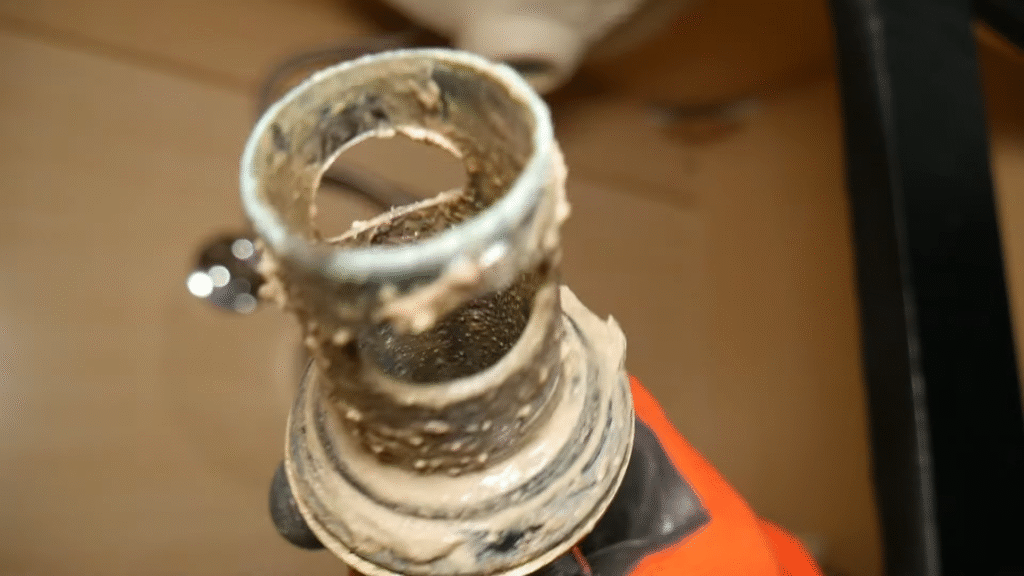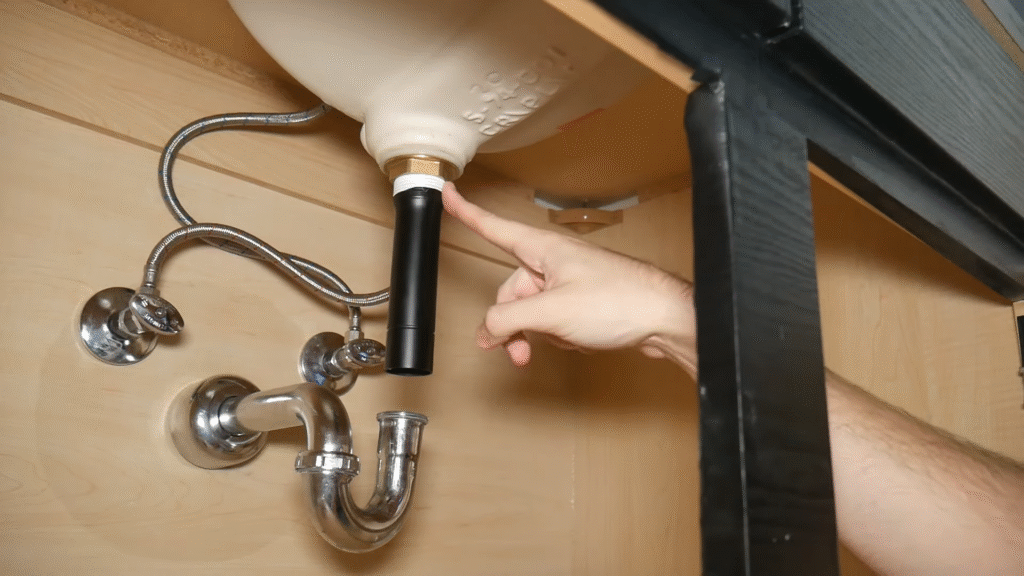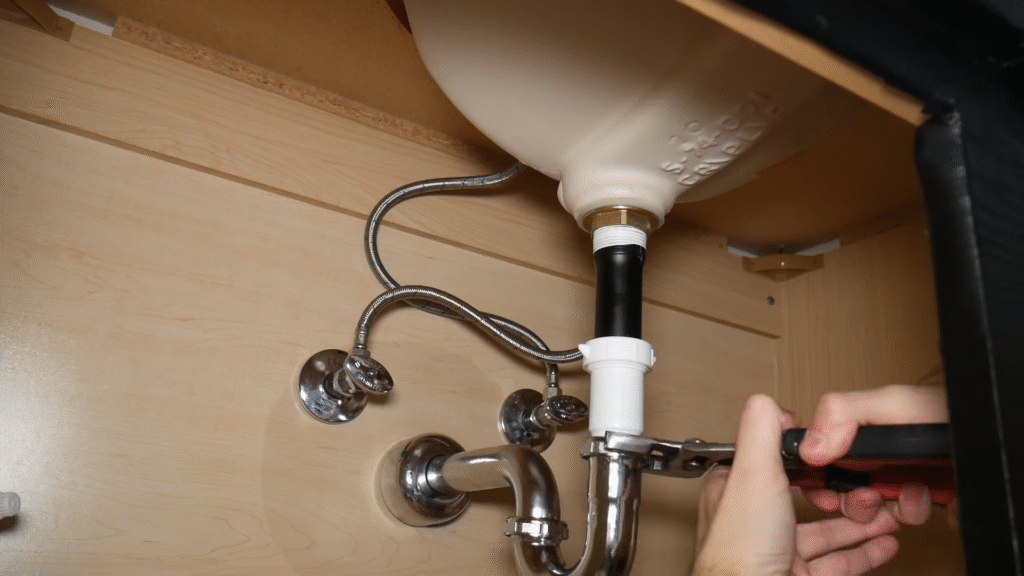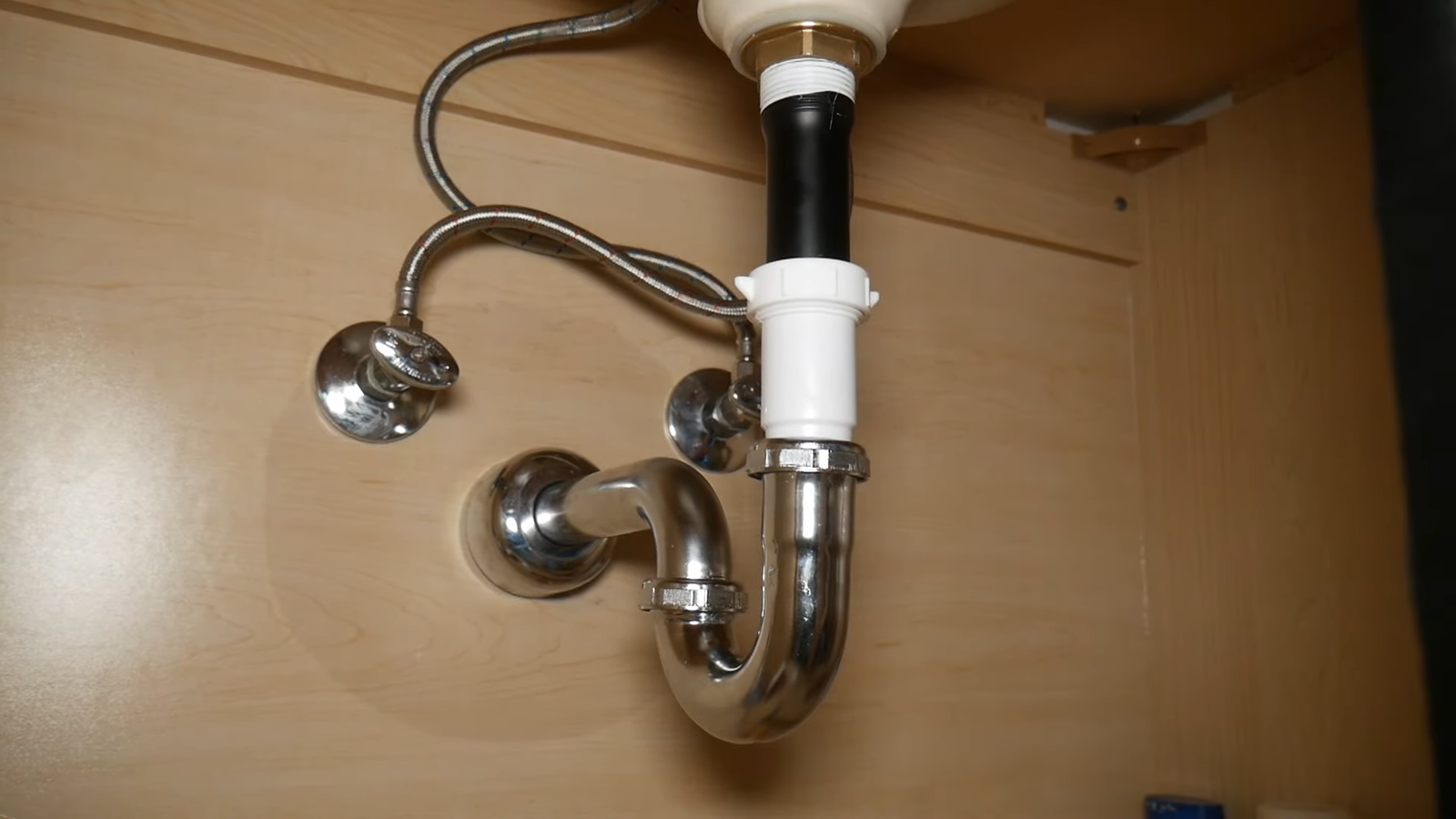A clogged bathroom drain is like that one stubborn guest at a party who refuses to leave—it slows everyone else down and makes life frustrating. Whether it’s water pooling at your feet during a shower or your sink draining slower than a snail race, bathroom drain problems are not just annoying, they can escalate if left untreated.
The good news? You don’t need to be a professional plumber to handle most bathroom drain issues. With some tools, patience, and the right tricks, you can fix it yourself. Let me walk you through the steps as if I were sharing my personal bathroom repair secrets over coffee.
1. Identify the Problem First

Before grabbing your tools, you need to figure out what exactly is wrong with the drain. A bathroom drain can misbehave for several reasons, and each requires a slightly different fix.
- Slow Drainage: Usually caused by hair, soap scum, or small debris stuck inside.
- Complete Blockage: A stubborn clog that stops all water from draining.
- Bad Smell: Trapped gunk or stagnant water causing foul odors.
- Leaky Drain: Sometimes, the problem isn’t a clog at all but a loose or cracked pipe.
Here’s the golden rule: don’t jump straight to chemicals. Many people do this, but it can damage your pipes in the long run. Instead, start with the gentler methods.
2. Gather the Right Tools and Supplies
Fixing a bathroom drain doesn’t require a full-blown plumber’s van, but having the right tools makes all the difference.
Here’s your quick toolkit:
- Rubber gloves – because trust me, pulling out soggy hair clumps isn’t glamorous.
- Plunger – the classic fix.
- Drain snake or auger – a flexible tool that can grab deep clogs.
- Bucket and rags – for catching water and cleaning up.
- Screwdriver – to remove drain covers.
- Vinegar and baking soda – the natural unclogging duo.
- Pipe wrench – in case you need to detach the P-trap under the sink.
Having these handy makes you feel like a bathroom superhero, ready for any drainage drama.
3. Try the Simple Hot Water Trick First

You’d be surprised how often boiling water alone can help clear minor clogs. Soap scum and grease can harden inside your pipes, making water flow sluggish. Pouring hot water directly into the drain can loosen and flush it out.
Here’s how to do it:
- Boil a kettle or pot of water.
- Slowly pour it down the drain in stages.
- Wait a few minutes and test the drainage.
If the water now flows more freely, you just won the easiest plumbing battle ever. If not, don’t worry—we’ve got more tricks up our sleeve.
4. Use Baking Soda and Vinegar for Natural Cleaning
This isn’t just a science experiment—it’s actually a tried-and-true method. When baking soda and vinegar combine, they fizz and break down gunk inside the drain.
Steps:
- Pour half a cup of baking soda into the drain.
- Follow with one cup of vinegar.
- Cover the drain with a plug and let it sit for 15–20 minutes.
- Flush with hot water.
I’ve personally used this method countless times, especially when I noticed that faint smell of mildew. It’s like giving your drain a spa day.
5. Plunging the Drain the Right Way

Most people think plunging is only for toilets, but it works wonders for bathroom sinks and tubs too. The trick is to do it correctly.
Steps:
- Fill the sink or tub with a few inches of water (this creates suction).
- Place the plunger firmly over the drain.
- Push and pull with quick, strong motions.
- Repeat about 10–15 times, then check drainage.
Pro tip: If it’s a double sink, block the other drain with a rag to get stronger suction.
When I first learned this, I realized I had been plunging wrong for years. Done right, it’s almost like magic.
6. Removing the Drain Stopper
Many bathroom drains clog right under the stopper. Hair loves to tangle around it like it’s clinging for dear life.
Steps:
- Remove the stopper (usually by twisting or unscrewing).
- Use pliers or your gloved hands to pull out any hair and debris.
- Rinse the stopper thoroughly and put it back.
This step alone clears at least 70% of common bathroom clogs, according to plumbing service data.
7. Using a Drain Snake or Auger

When the clog is deeper, a drain snake comes to the rescue. Think of it as a fishing line, but instead of catching fish, you’re pulling out gunk.
Steps:
- Insert the snake into the drain until you feel resistance.
- Rotate and push gently to hook the clog.
- Pull it out slowly (prepare yourself—it might look gross).
- Flush with hot water afterward.
Once, I pulled out a clog the size of a small mouse (thankfully just hair and soap). It was gross but incredibly satisfying.
8. Cleaning the P-Trap Under the Sink
If the above steps don’t work, the clog may be hiding in the P-trap (the curved pipe under your sink).
Steps:
- Place a bucket under the trap.
- Unscrew the slip nuts using your hands or a wrench.
- Remove the trap and empty the gunk into the bucket.
- Clean it thoroughly before reattaching.
This sounds intimidating but it’s actually straightforward. I still remember the first time I did it—I was nervous, but when the water drained perfectly afterward, I felt like a plumbing champion.
9. Dealing With Foul Smells

Sometimes the drain isn’t clogged but smells terrible. That’s usually due to bacteria buildup.
Solutions:
- Pour boiling water weekly to kill bacteria.
- Use the baking soda + vinegar method regularly.
- Make sure your P-trap always has water (it blocks sewer gases).
If you’ve ever walked into your bathroom and thought, “Who left a swamp in here?”, this is the fix you need.
10. When to Use a Drain Cleaner
Chemical drain cleaners are like that “last option” button. They can work but also damage pipes if overused. According to Home Depot’s plumbing guide, chemical cleaners should only be used sparingly and never on completely blocked drains (since they can sit in the pipes and corrode them).
If you use one:
- Choose a gel-based cleaner.
- Follow instructions carefully.
- Never mix with other methods like vinegar.
I personally avoid these unless it’s truly a last resort.
11. Preventing Future Bathroom Drain Problems
Fixing a drain once is good, but preventing it from happening again is even better.
Tips:
- Install a hair catcher in your shower or tub.
- Run hot water weekly to keep pipes clear.
- Avoid flushing small items like floss or wipes.
- Do monthly vinegar flushes to keep things fresh.
Plumbers estimate that over 60% of bathroom drain clogs are preventable with these simple steps.
12. When to Call a Professional Plumber
Sometimes, no matter how much plunging or snaking you do, the drain stays stubborn. That usually means the clog is deeper in your main sewer line.
Call a plumber if:
- Multiple drains are clogged at once.
- Water backs up into other fixtures.
- Strange gurgling sounds keep happening.
At that point, it’s beyond DIY, and you’ll save yourself frustration by letting the experts handle it.
Conclusion
Fixing a bathroom drain doesn’t need to be overwhelming. Start with simple tricks like boiling water, then move up to baking soda, plungers, and snakes. Don’t forget to clean the P-trap if necessary, and use chemical cleaners only as a last resort. And most importantly, focus on prevention so you’re not repeating the same battle every month.
Next time your bathroom drain acts up, instead of panicking, you’ll be ready with gloves on and a game plan in mind.
FAQs
1. How do I quickly unclog a bathroom sink without tools?
Try pouring boiling water followed by a baking soda and vinegar mixture. This often loosens small clogs.
2. Can I use bleach to unclog my bathroom drain?
Bleach can disinfect but doesn’t work well as a clog remover. It’s better to use baking soda, vinegar, or a plunger.
3. How often should I clean my bathroom drain?
At least once a month, do a quick flush with vinegar and hot water to prevent buildup.
4. What causes the black gunk in my bathroom drain?
That slimy mess is usually a mix of hair, soap scum, toothpaste, and bacteria. Regular cleaning prevents it.
5. How do I know if the problem is in my main sewer line?
If multiple drains in your house clog at once or you hear gurgling sounds from toilets, it’s likely a sewer line issue, and you’ll need a plumber.

